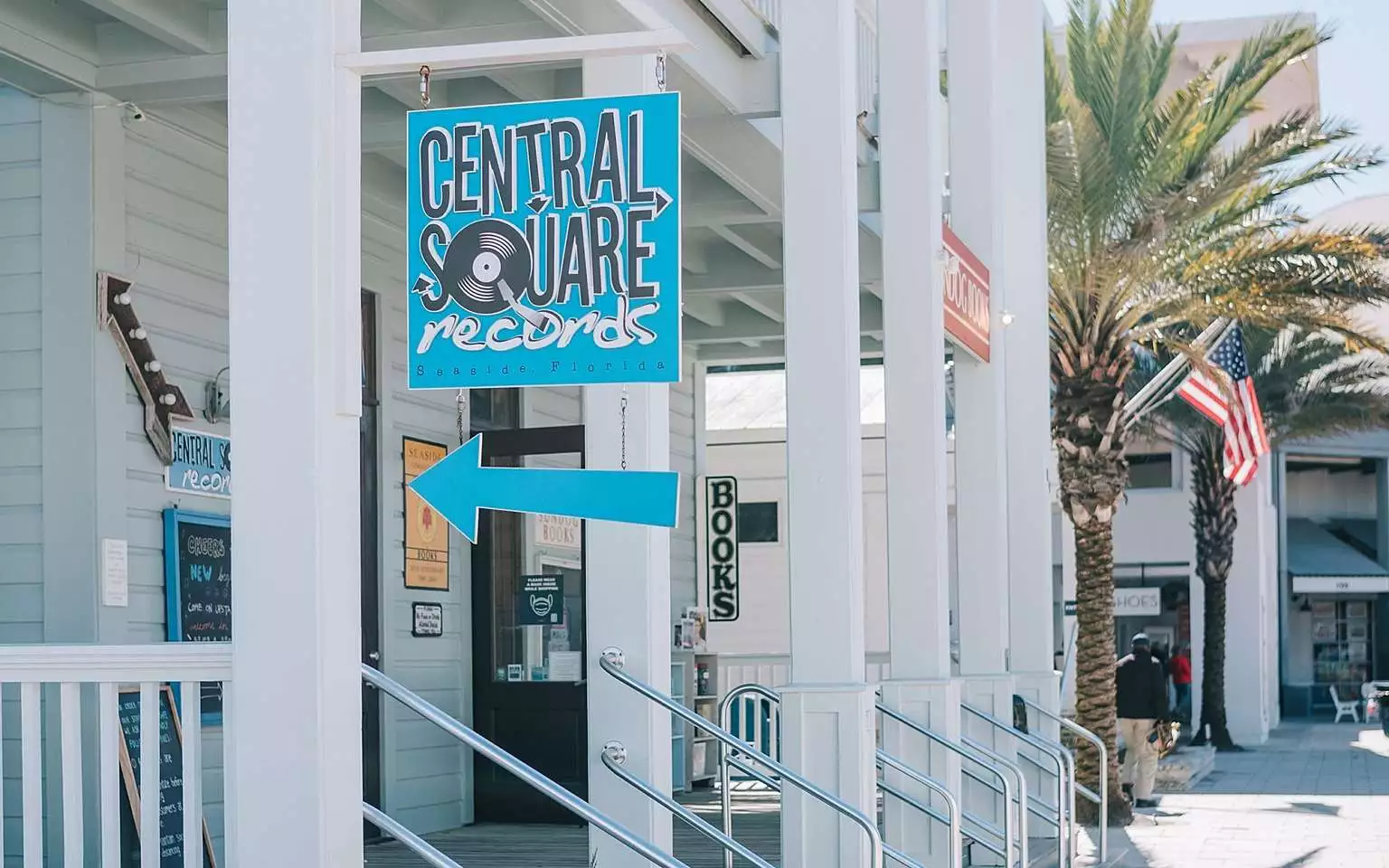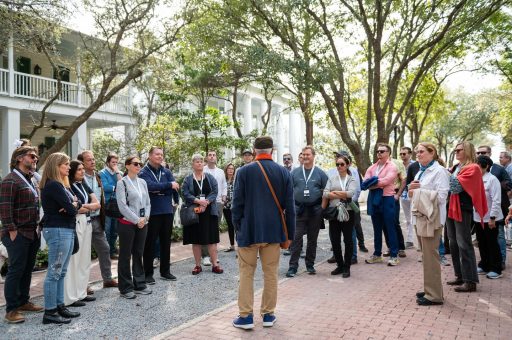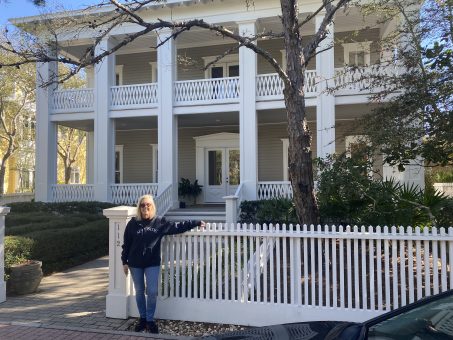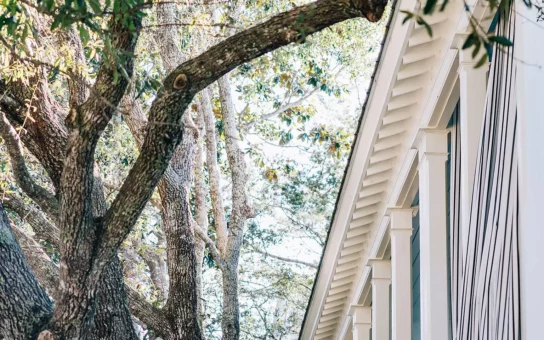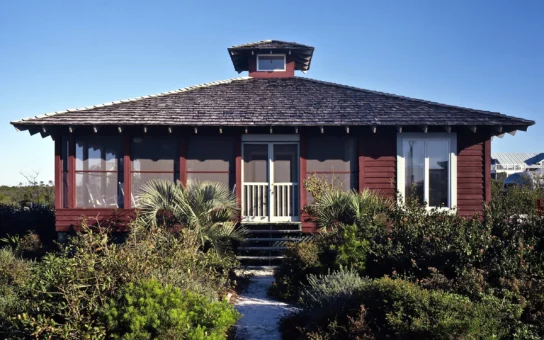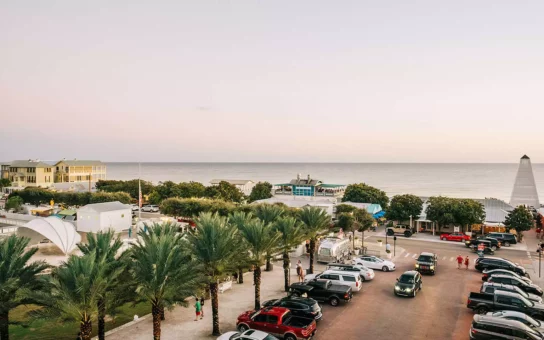New Urbanist experts Philip Langdon and Dhiru Thadani reflect on mom-and-pop stores
Few businesses in the U.S. are regarded with more fondness than mom-and-pop retailers. There’s an “all’s right with the world” quality about owner-run shops that meet a neighborhood’s everyday needs and, through repeated face-to-face exchanges, help people feel they’re members of a mutually supportive community. And yet for a long time, mom-and-pop stores have been under stress. In the half-century after 1950, cars shifted much of America’s retailing to unwalkable roadside strips and winnowed the ranks of neighborhood-scale mom-and-pops. In the past two decades, the burgeoning of the internet has intensified the pressure on brick-and-mortar retail, a situation worsened by the pandemic.
Many mom-and-pops have shut down. Given both the modest environmental footprint of small shops, many of which are within walking distance of their customers, and their nurturing of social well-being, we ought to be searching for ways to bolster such businesses’ prospects.
To read more visit commonedge.org.
Philip Langdon was senior editor at New Urban News/Better Cities & Towns for ten years. His most recent book is Within Walking Distance (Island Press). He lives in New Haven, Connecticut.


